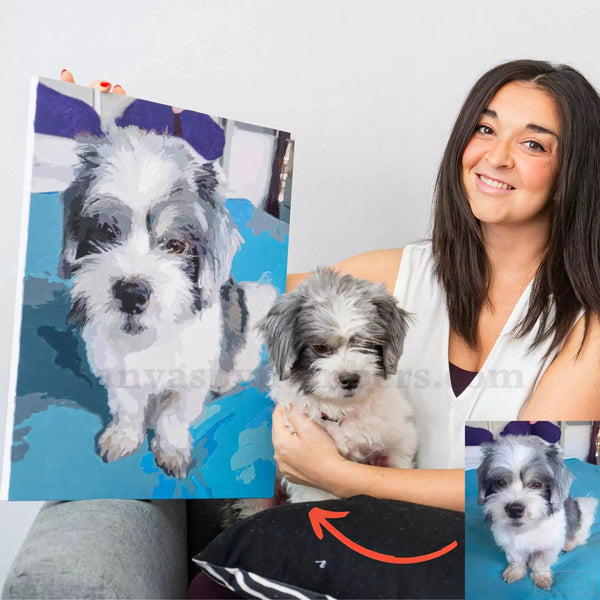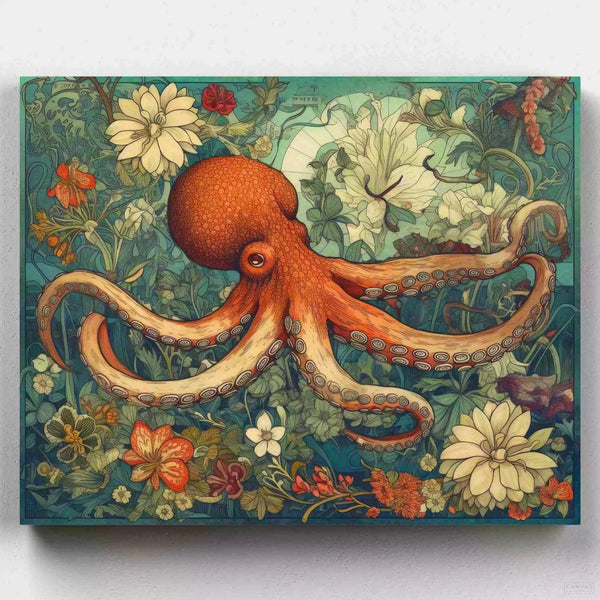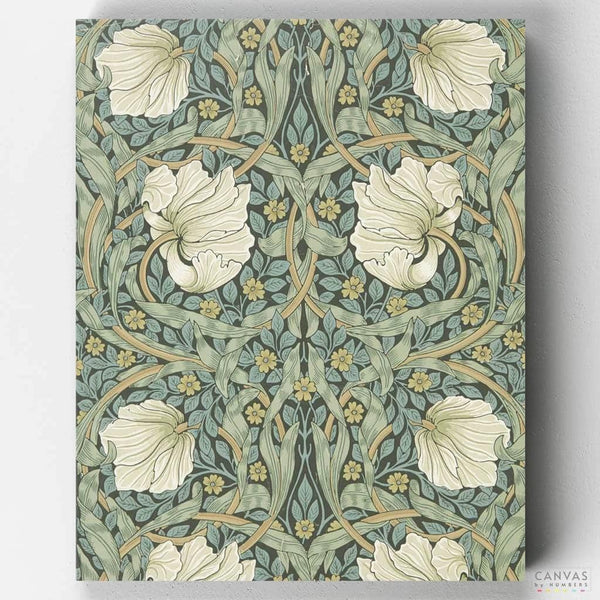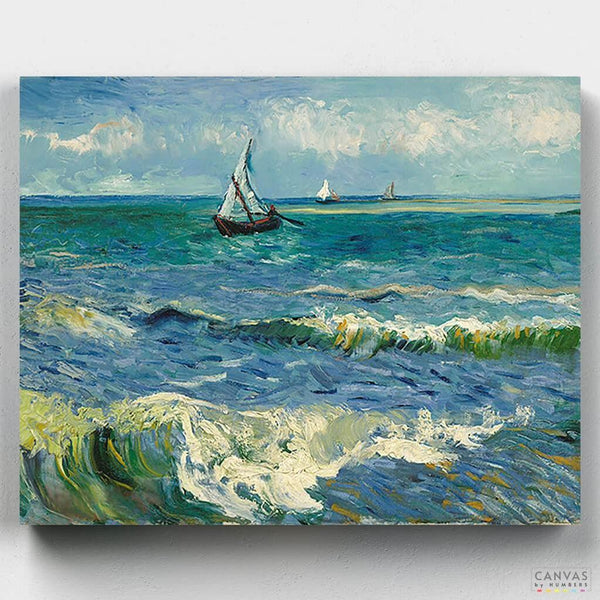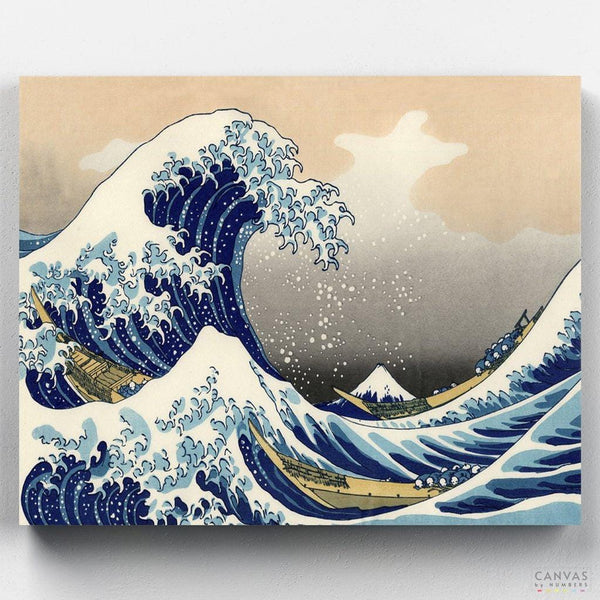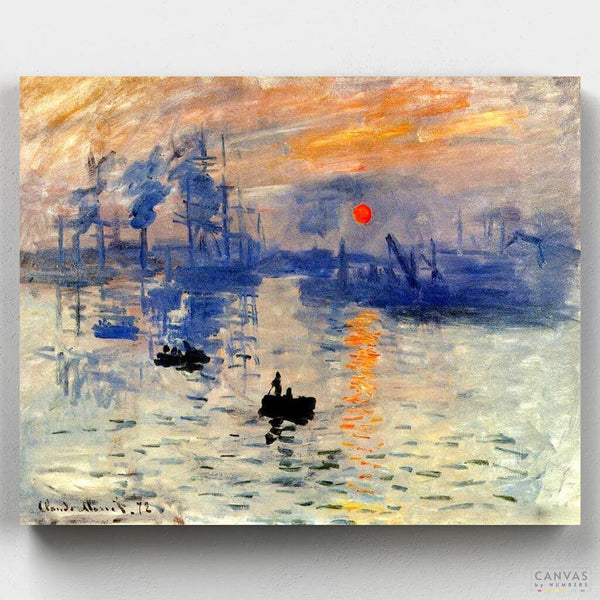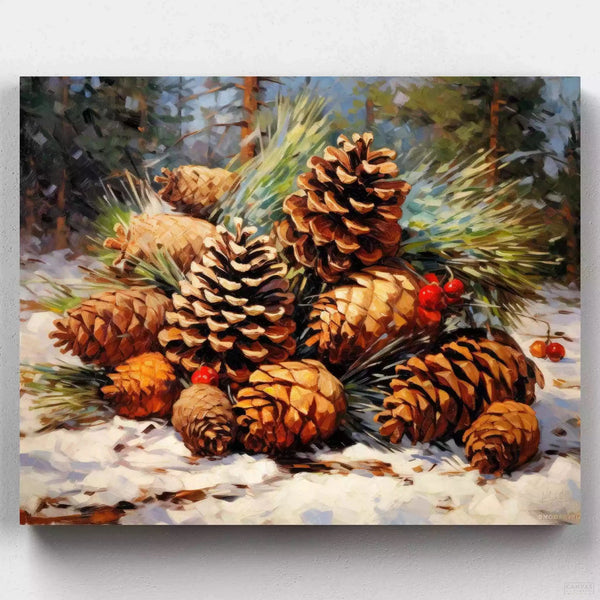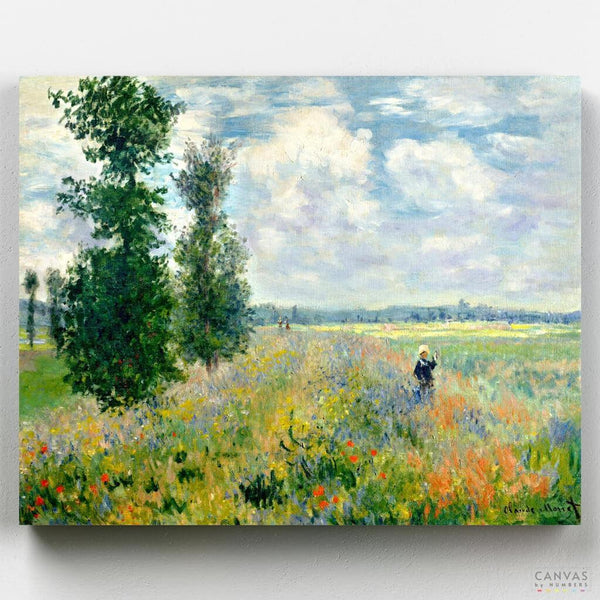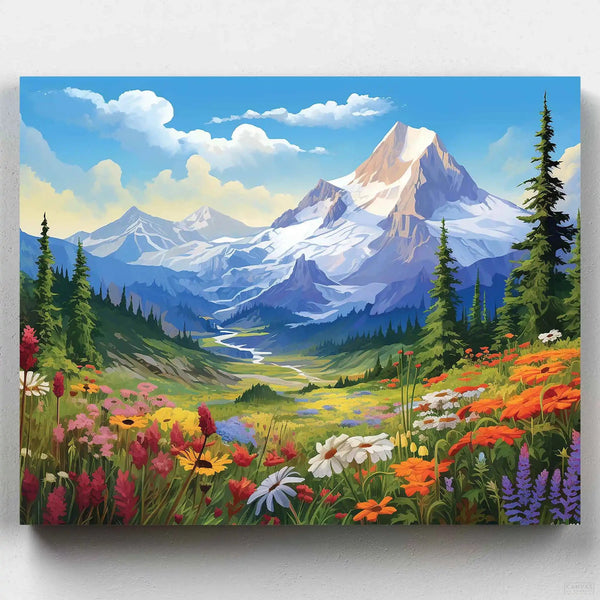Although there is no scientific consensus on the number of color shades the human eye can perceive, this number is estimated to be around one million chromatic varieties.
All these colors can be classified into different types based on various criteria, from their order of mixing to the sensation they convey. In this post, we will, therefore, discuss the most common chromatic classifications.
Types of Colors by Mixing Order
The classification of colors by the order of mixing is the most common. It refers to the order in which colors appear on the well-known color wheel. According to this classification, colors are divided into the following types.
Primary Colors
Primary colors are the "original" colors, i.e., those that cannot be obtained by mixing other colors. Their presence is necessary to create the other colors on the wheel.
When we talk about primary colors, we are referring to the trinity composed of blue, red, and green.
Secondary Colors
Secondary colors are the ones that result from the homogeneous mixture (50%) of two primary colors. These colors are cyan, magenta, and yellow.
Tertiary Colors
Finally, in this classification, we find tertiary colors, which are formed by one primary color and the secondary color next to it on the color wheel.
Types of Colors by Brightness
The classification of colors by their brightness is based on the ability of colors to reflect or absorb light. This allows us to distinguish between light and dark colors.
Light Colors
Light colors are those that reflect light, making them appear brighter to our eyes than dark colors. If we look at the color wheel, light colors range from orange to green.
Dark Colors
In contrast to light colors, dark colors are those that absorb more light. These are the different colors found on the color wheel, from reddish to bluish-green.

Types of Colors by Temperature
This classification is based on color psychology theory to distinguish between warm and cool colors based on the sensation they convey.
Cool Colors
Psychologically, we associate cool colors with moments or events of low temperatures: winter, snow, etc. Therefore, these colors are purple, blue, and cyan.
Warm Colors
Conversely, warm colors are associated with heat sources such as the sun and fire. That's why warm colors include shades of red, yellow, and orange.
Types of Colors by Family
The classification of color types by family draws from painting, design, and interior design. The resulting color palette is based on aspects such as saturation and brightness in an HSB color model.
The table obtained classifies colors into pastel, earthy, neutral, and neon colors, although more subdivisions can exist.
Pastel Colors
Pastels are light colors with low saturation. They are genuinely relaxing colors, such as salmon tones, pink, or mint green.
Earthy Colors
These are the colors found in nature, not only the brown of the earth itself but also any other color present in a natural landscape: shades of blue, green, orange, etc.
Neutral Colors
Neutral colors, on the other hand, are a type of color that conveys sobriety. They are found on the grayscale, from black to white.
Neon Colors
Finally, neon colors are the "flashy" tones, fluorescent, with maximum saturation. They are mainly used to convey energy and strength.
How Do We Perceive Different Color Shades?
Color perception is due to the response of the eye to stimuli from electromagnetic waves. As the organ responsible for vision, the eye sends this information to the brain, which processes it and makes us perceive the specific color.
According to the color theory, differences in color perception between one person and another depend on the number of cones, which are the eye cells that transform the light emitted by color into chemical signals for the brain.

The Importance of Combining Colors
Colors are combined in one way or another to convey different sensations to the observer: calm, energy, joy, sadness... Interior designers, user interface designers, etc., are well aware that colors can change our mood.
In painting, the combination of colors also responds to the expressive intention of the artist. For example, the painting Yellow cow by Franz Marc, as its name suggests, depicts a yellow cow, even though we all know cows are not yellow. What does the artist want to express by using yellow to paint this animal?...
Knowing the properties and characteristics of each color, among many other aspects, is a quality of accomplished painters, although there are also ways to paint a picture like a true artist without having this knowledge.
The Method to Paint a Picture Without Experience
Regardless of your level of experience with colors, Canvas by Numbers offers you the opportunity to create a painting using the paint-by-number system. It is a relaxing, cost-effective, and productive activity that allows you to discover the artist within you.
As we mentioned, you don't have to worry about your level of experience because, along with the other necessary materials, you will receive a numbered canvas: you just have to apply the indicated color in each numbered area, and thus, stroke by stroke, the final result will appear before your eyes.
From paintings by famous painters to custom paintings, you can have a masterpiece created with your own hands at home (or as a gift).
Take a look at all the paintings you can create here and let the muses (and the instructions) guide you!







